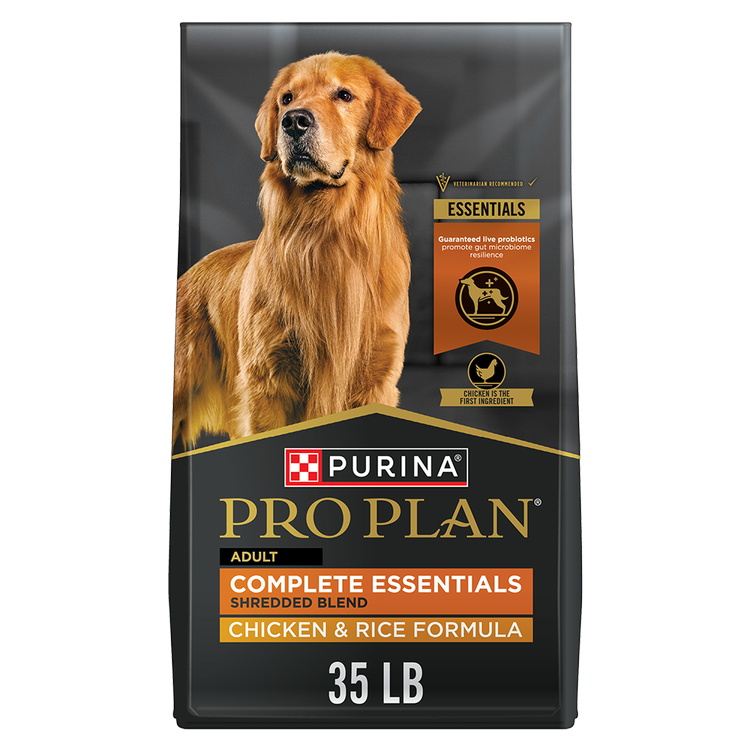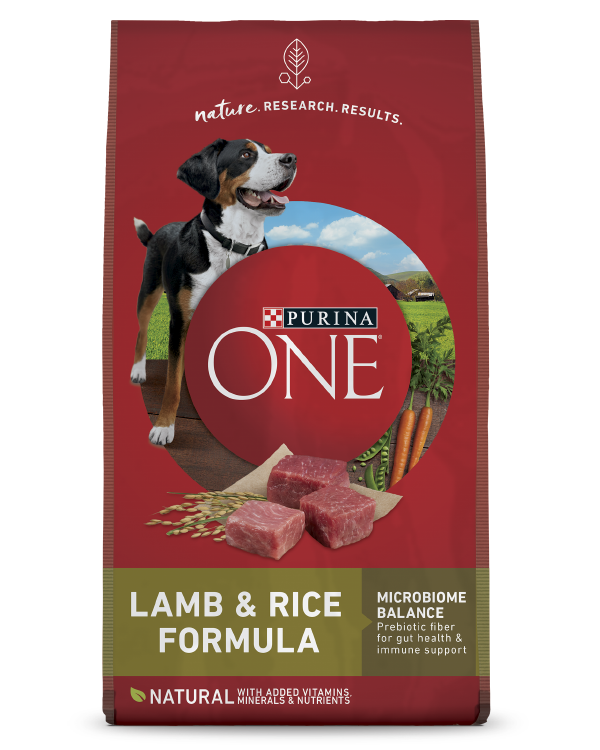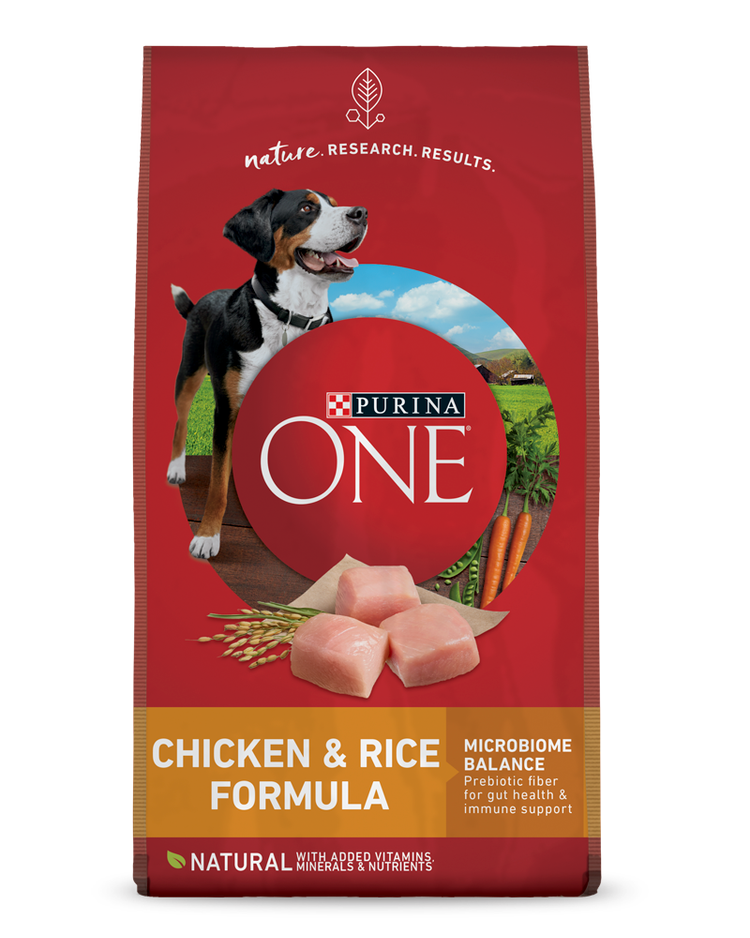AAFCO Approved Dog Food & AAFCO Nutrient Profiles Explained


If you’ve closely studied your dog’s food label, you may have noticed “AAFCO” mentioned somewhere on the bag. What does AAFCO do, exactly?
The Association of American Feed Control Officials is a voluntary membership association. It’s a multidisciplinary group comprised of federal and state officials, veterinarians, scientists and more.
They’re tasked with identifying and defining ingredients, outlining pet food label requirements and building nutrient profiles based on the latest findings in pet nutrition research. States use AAFCO’s standards and guidelines when creating their pet food regulations.
Does AAFCO Approve or Regulate Dog Food?
No, AAFCO does not regulate the pet food industry, even though its members represent state and federal regulatory agencies. Rather, AAFCO sets standards for pet food that are often adopted into state pet food regulations.
Pet food is regulated by the U.S. Food and Drug Administration (FDA) and the Feed Control Officials in each state.
What Does AAFCO Do?
Rather than regulating the pet food industry, AAFCO sets standards for quality pet nutrition by creating (and revising as needed) AAFCO dog food nutrient profiles.
According to the FDA, a dog food can only claim it is “complete and balanced” if it meets or exceeds AAFCO’s minimum requirements, as outlined in the nutrient profiles, or passes a feeding trial using AAFCO procedures.
What Are AAFCO’s Dog Food Nutrient Profiles?
The Association of American Feed Control Officials developed nutrient profiles to “establish minimum and some maximum nutrient concentrations for dog and cat foods.”
Although AAFCO has been around since 1906, these profiles were not created until 1991. (Cat food profiles were created in 1992.) According to the FDA, the nutrient profiles are updated as “new, science-based nutritional information becomes available, most recently in 2016.”
These profiles are updated when new findings from research in pet nutrition become available. They provide practical guidance for pet food manufacturers.
There are two dog food nutrient profiles: Adult Maintenance and Growth and Reproduction.
- Adult Maintenance: Dog foods formulated for adult maintenance have the nutrients adult dogs need. Dogs over the age of one are considered adults, except for some large and giant breeds who do not fully mature until age two.
- Growth & Reproduction: The Association of American Feed Control Officials recognizes puppies and pregnant or lactating dogs have different nutritional needs from adult dogs. As such, they developed a nutrient profile for this group.
You may see variations of these nutrient profiles on dog food packaging. A food that fits into the Growth and Reproduction nutrient profile may state it’s formulated for puppies or gestational mothers.
Is There an AAFCO Nutrient Profile for All Life Stages?
The only two AAFCO nutrient profiles are Adult Maintenance and Growth and Reproduction. However, dog food manufacturers can develop and market products that meet both nutrient profiles and are suitable for all life stages.
How Are Dog Food Nutrient Profiles Evaluated?
To claim a dog food product meets AAFCO’s nutrient profile standards and is “complete and balanced,” it must first be evaluated. There are two methods to evaluate whether a dog food meets these standards:
- Nutrient Content Analysis: With this method, a laboratory analysis uses a small sample of the food to verify it meets AAFCO’s standards. If it does, the dog food label will read “[Product Name] is formulated to meet the nutritional levels established by the AAFCO dog food nutrient profiles.”
- AAFCO-Compliant Feeding Trial: In addition to the laboratory analysis, this method includes feeding trials with real dogs to demonstrate the food’s nutritional values. If this method was used, the label will read “Animal feeding tests using AAFCO procedures substantiate that [Product Name] provides complete and balanced nutrition.”
You can typically find these statements on the dog food package beneath the ingredient list.
Are Dog Products That Don’t Meet These Standards Allowed on Shelves?
Yes, dog products that do not meet the AAFCO’s nutrient profile standards are allowed on shelves. In some cases, the label may say, “This product is intended for intermittent or supplemental feeding only.”
This usually applies to treats and supplements, which are formulated to make up a small portion of your dog’s total caloric intake (10 percent or less, daily). It can also apply to some veterinary diets, as these are formulated to address specific nutritional needs.
All of Purina’s dog food formulas meet or exceed AAFCO’s nutrient profile standards, so you can feel confident knowing your dog is eating a complete and balanced diet.
Discover more about dog nutrition and more from our pet experts on our Pet Expertise page.
Related articles

Find Your Pet’s Perfect Food
Get your personalized recommendation with our Pet Food Finder tool.






